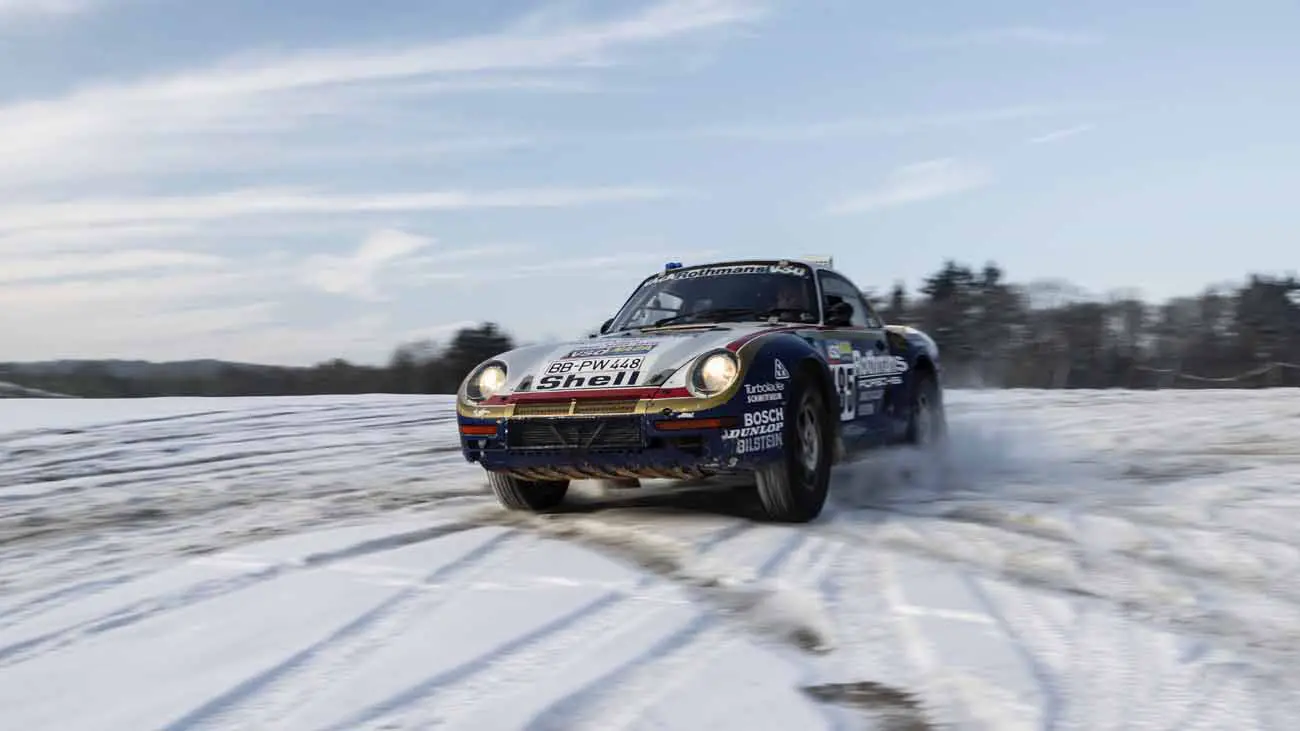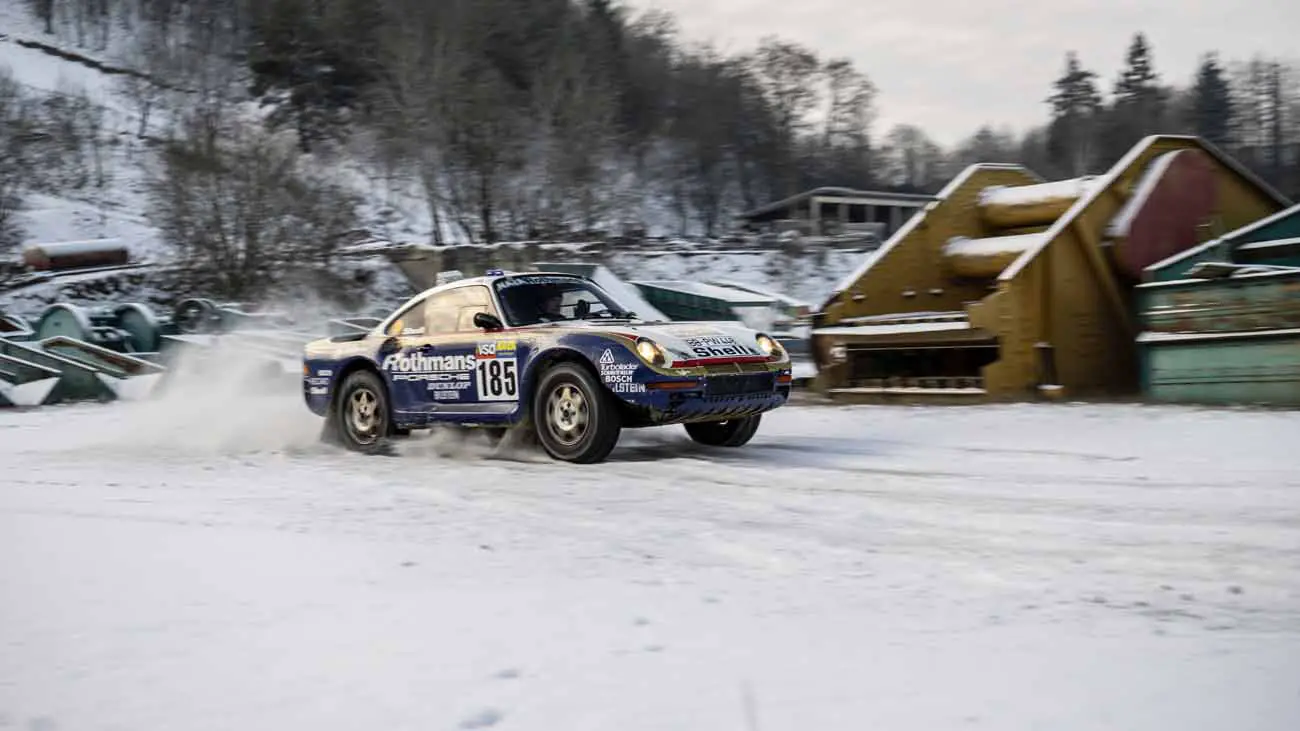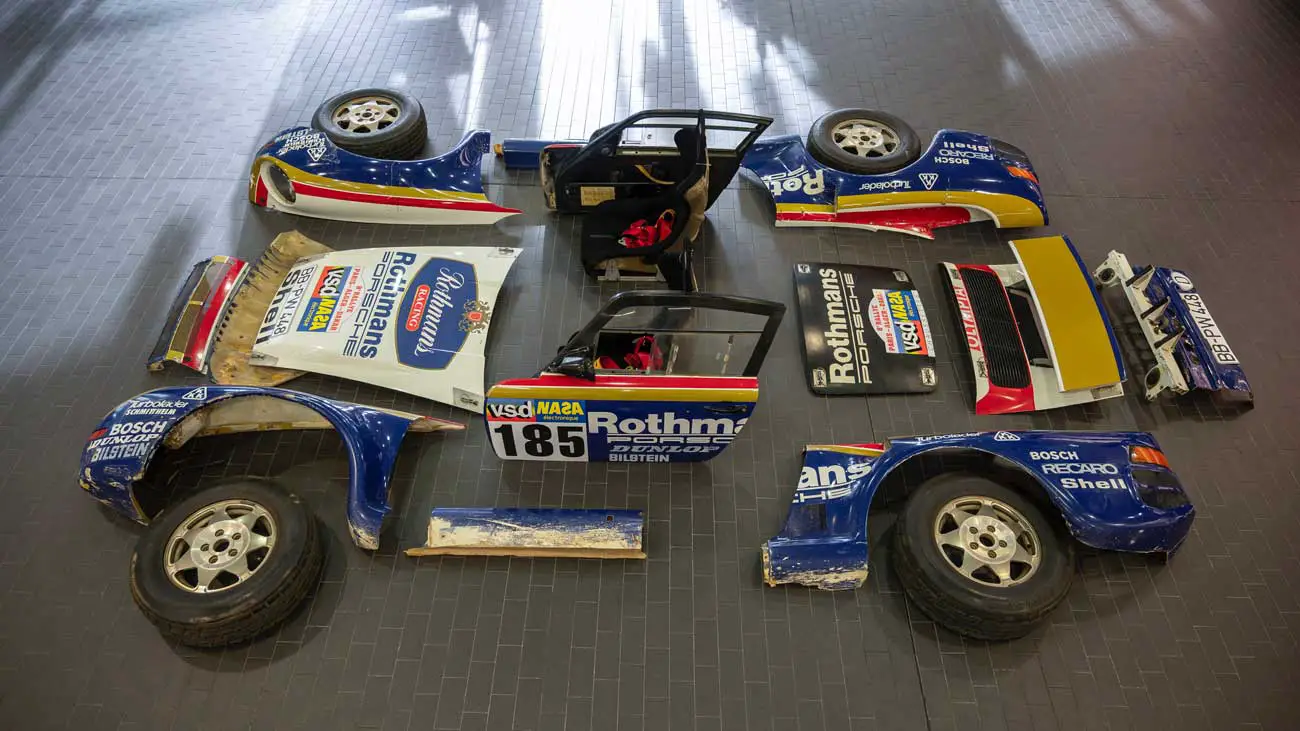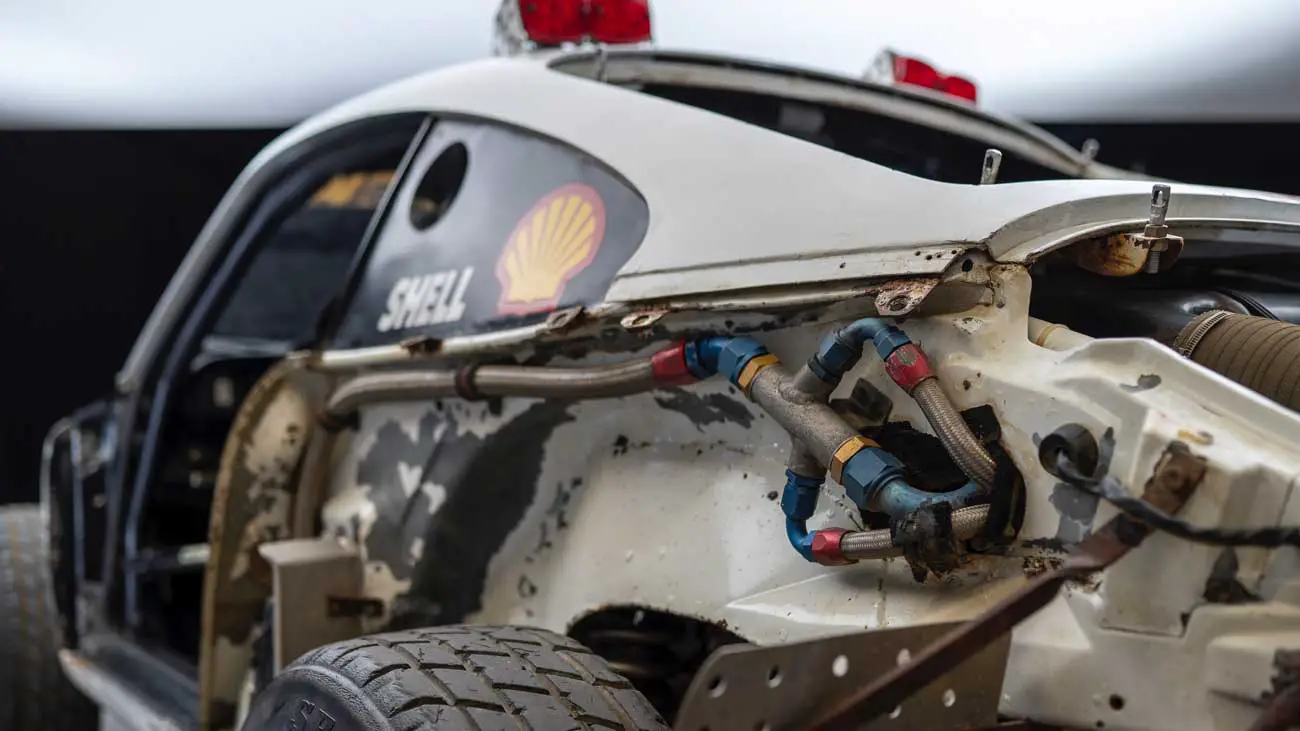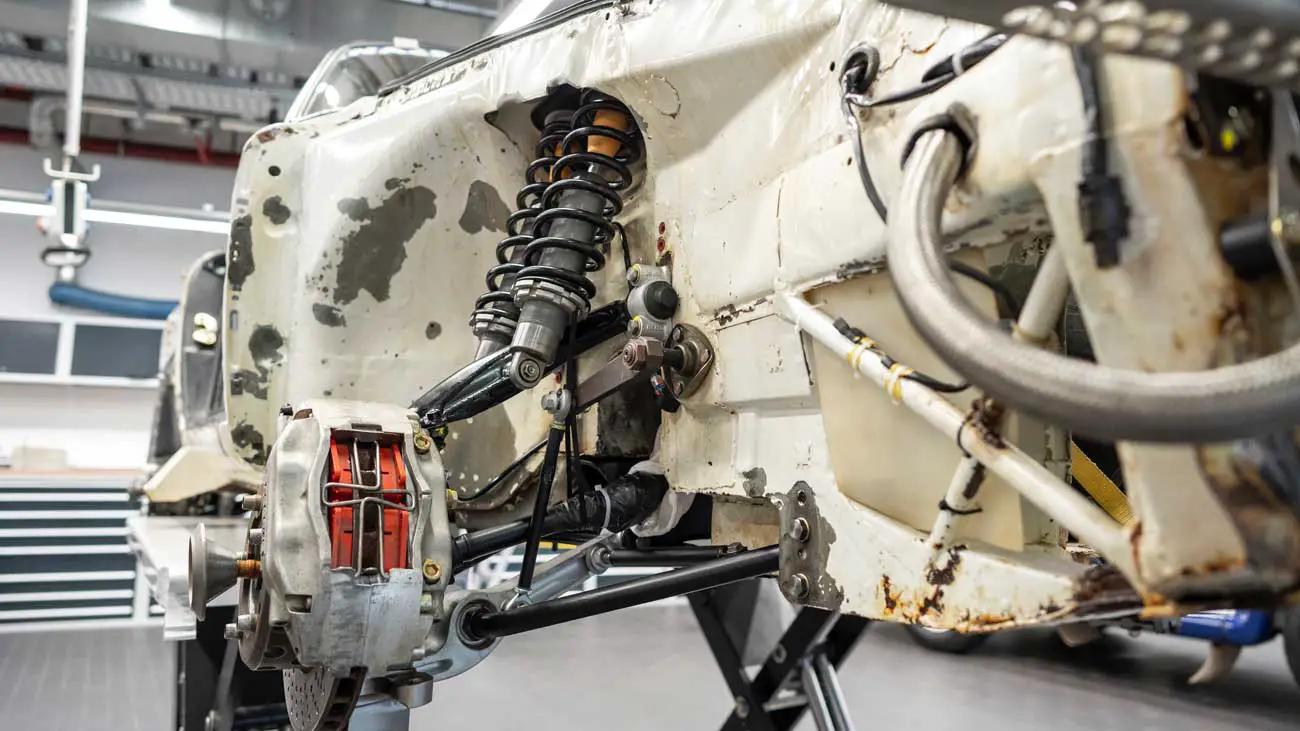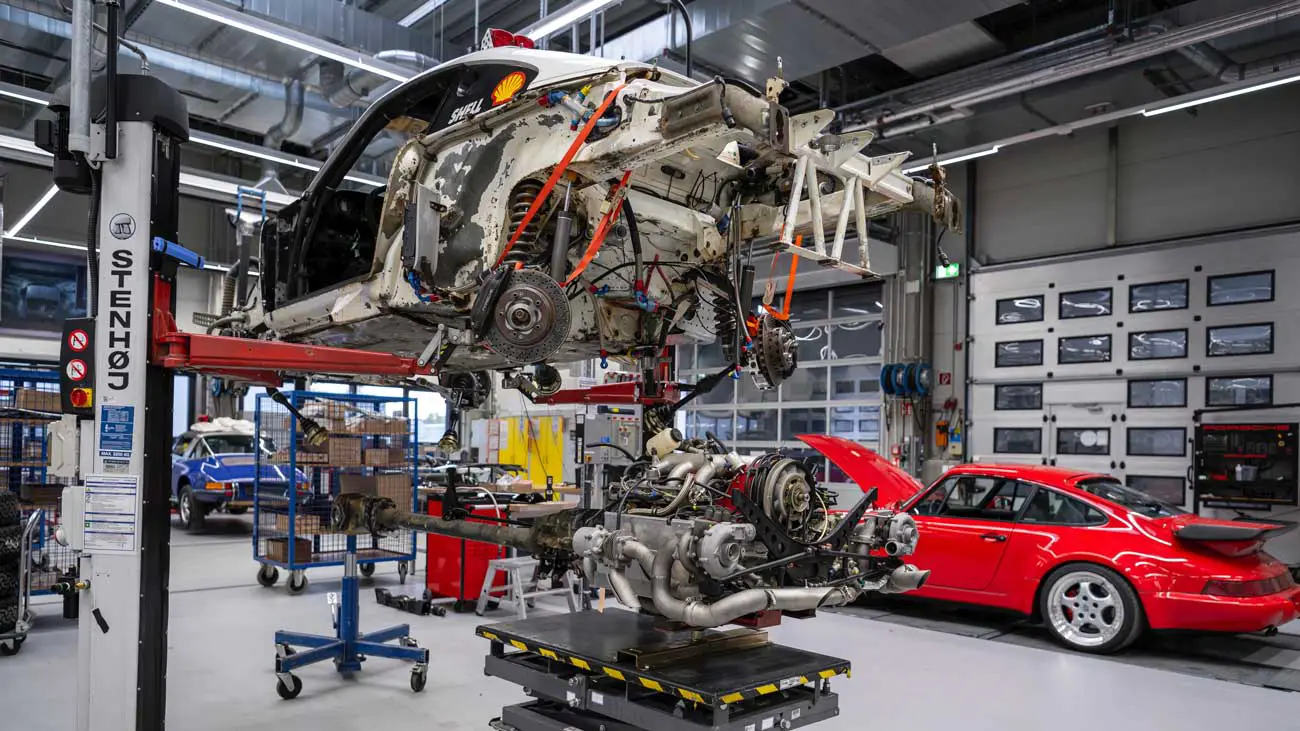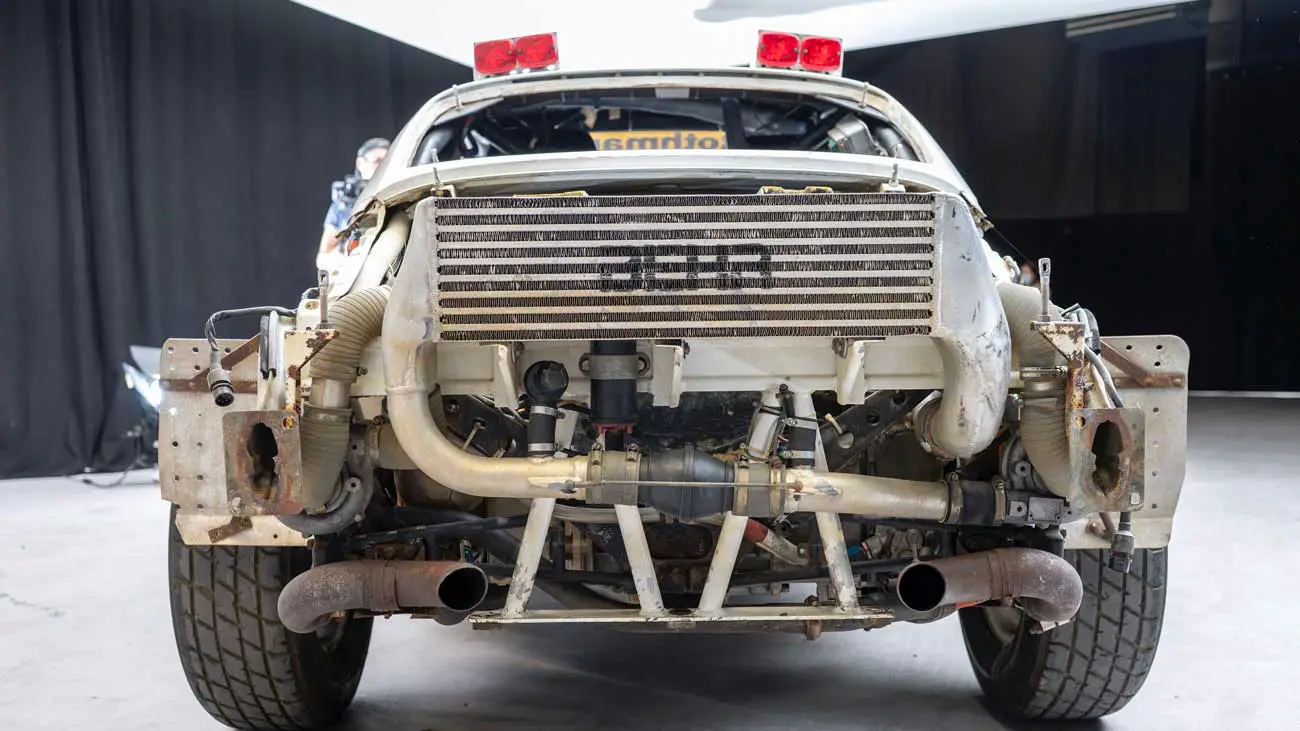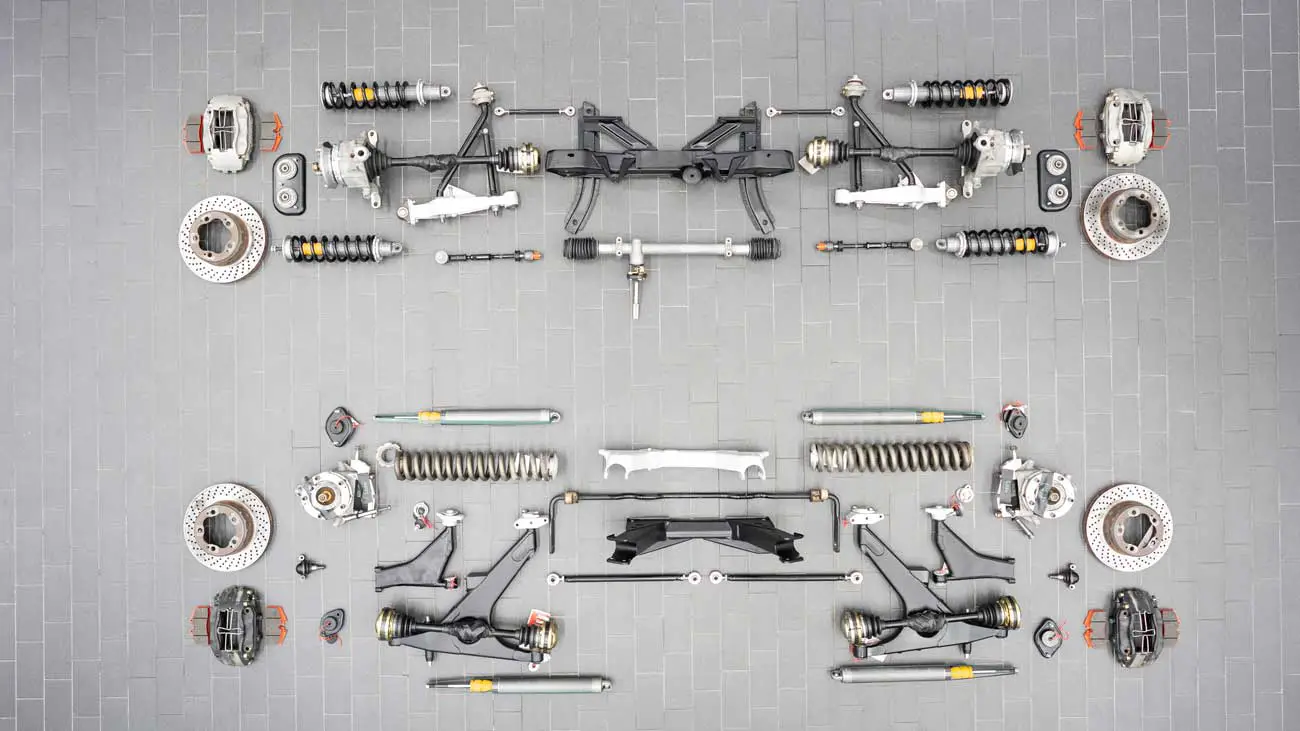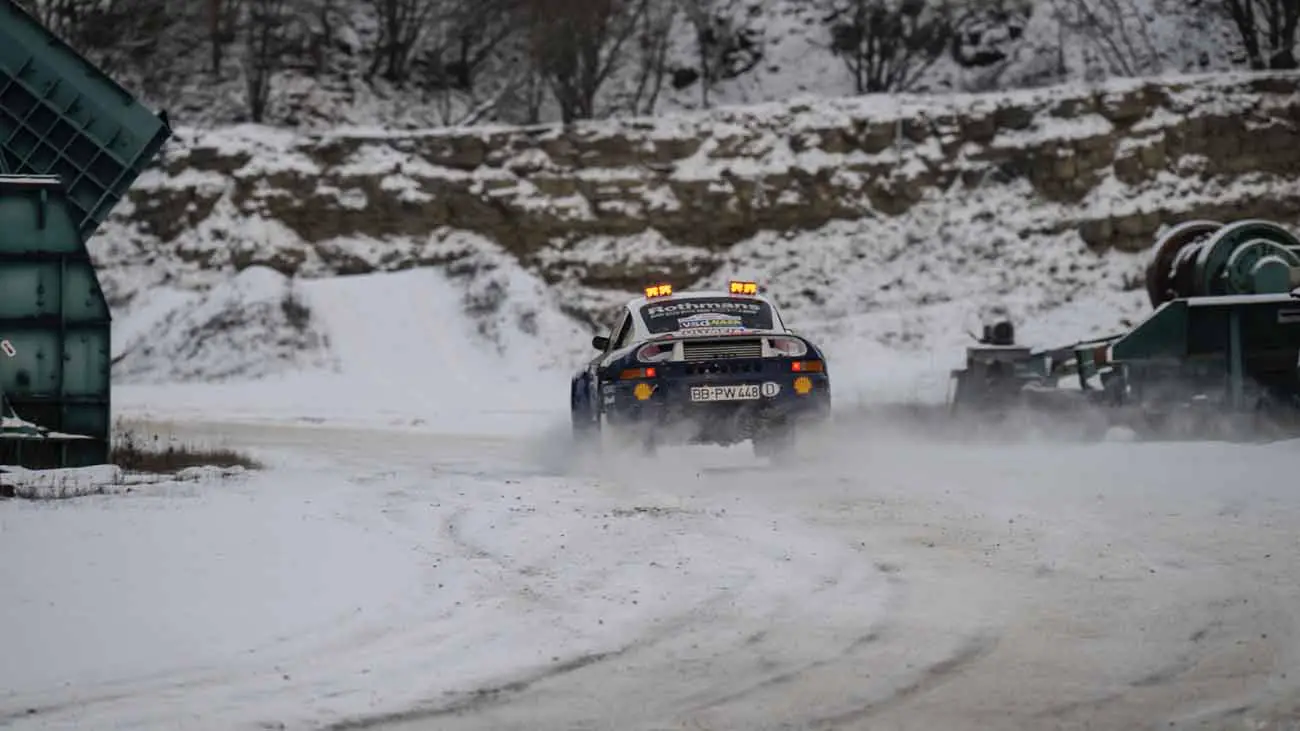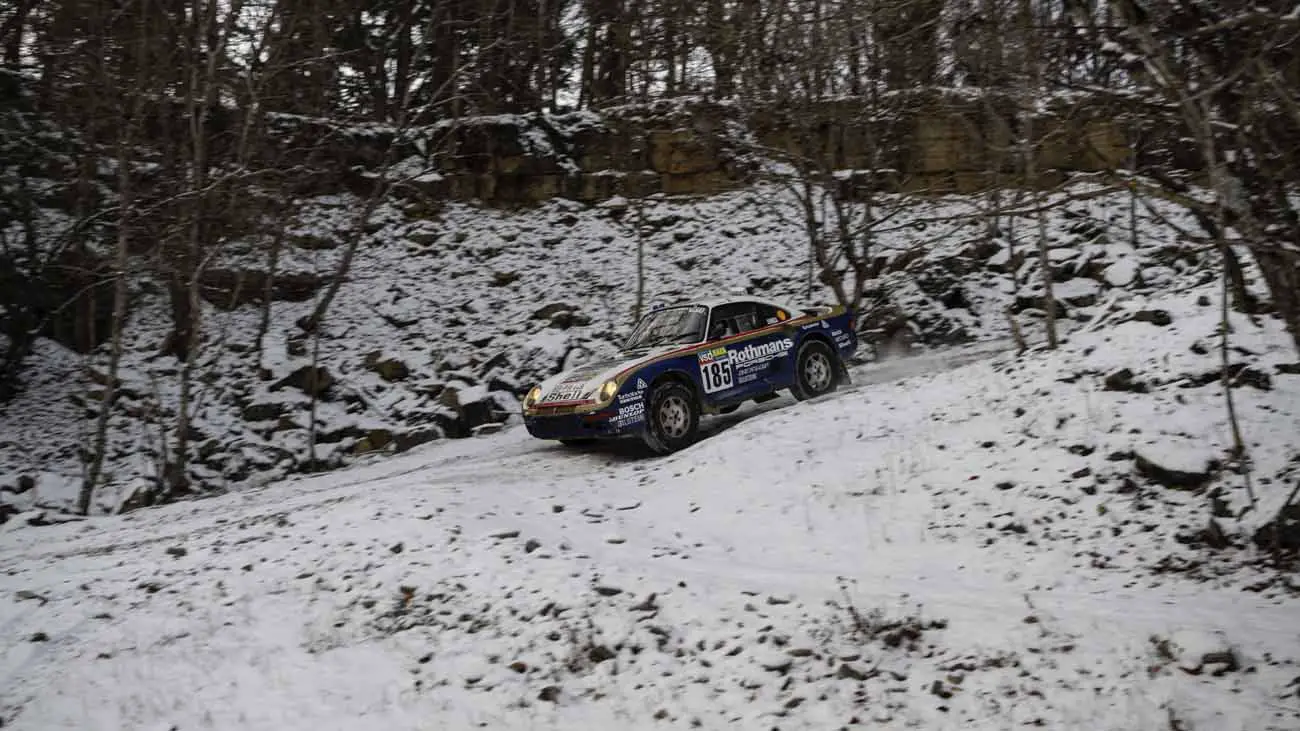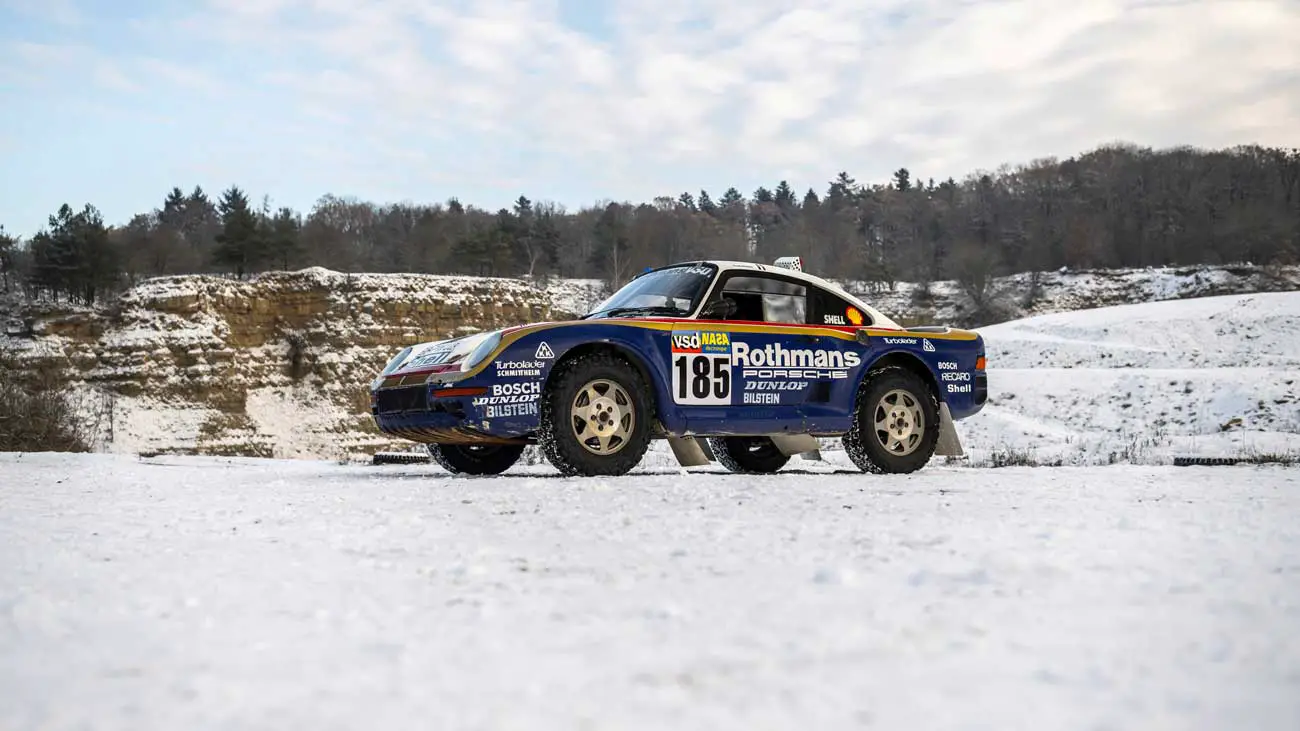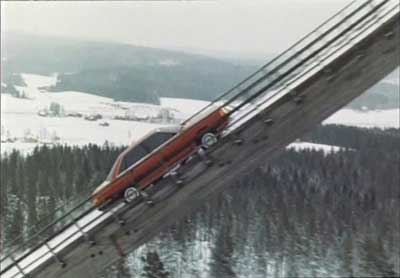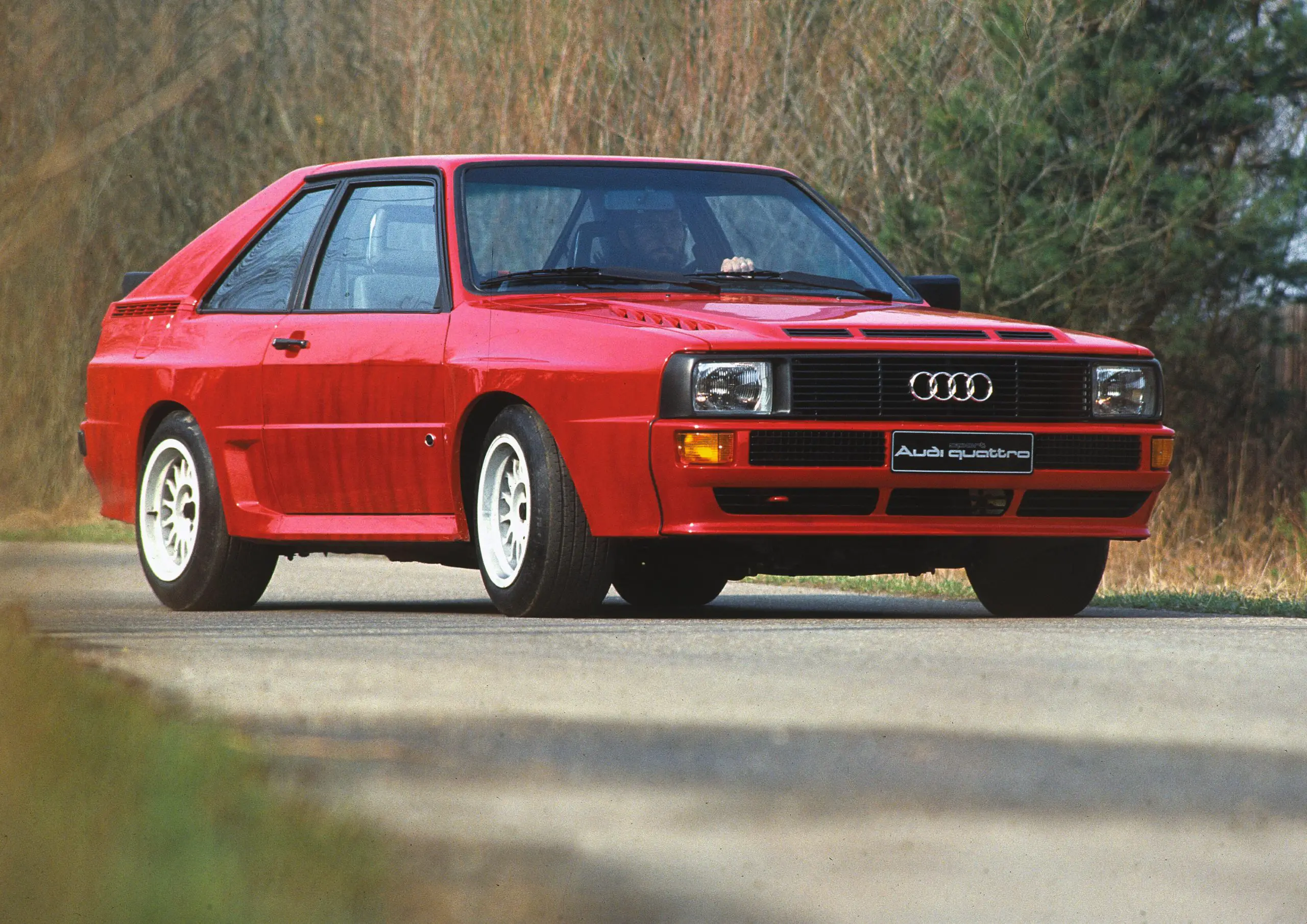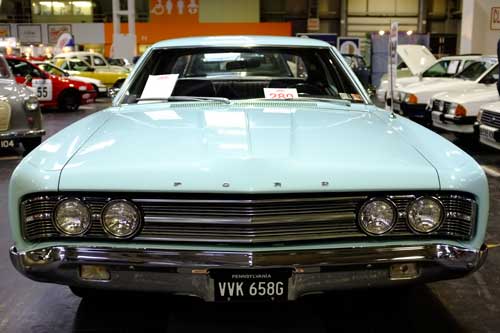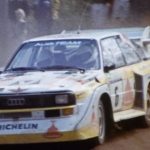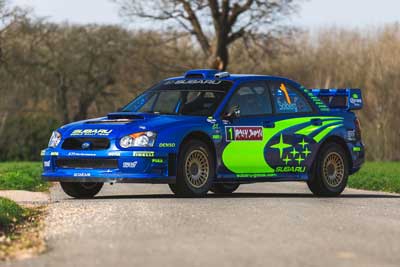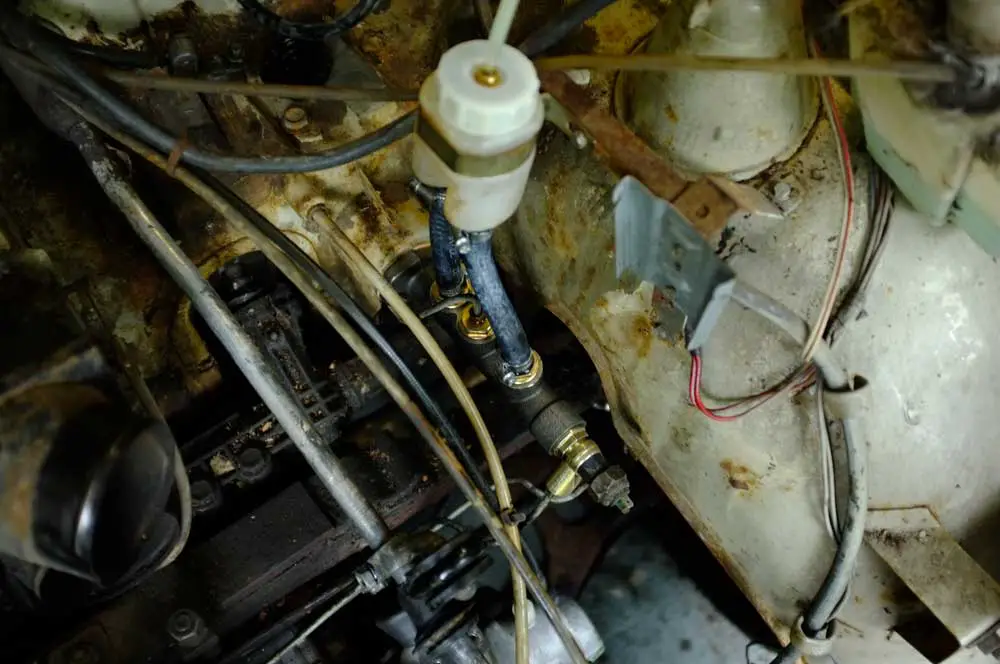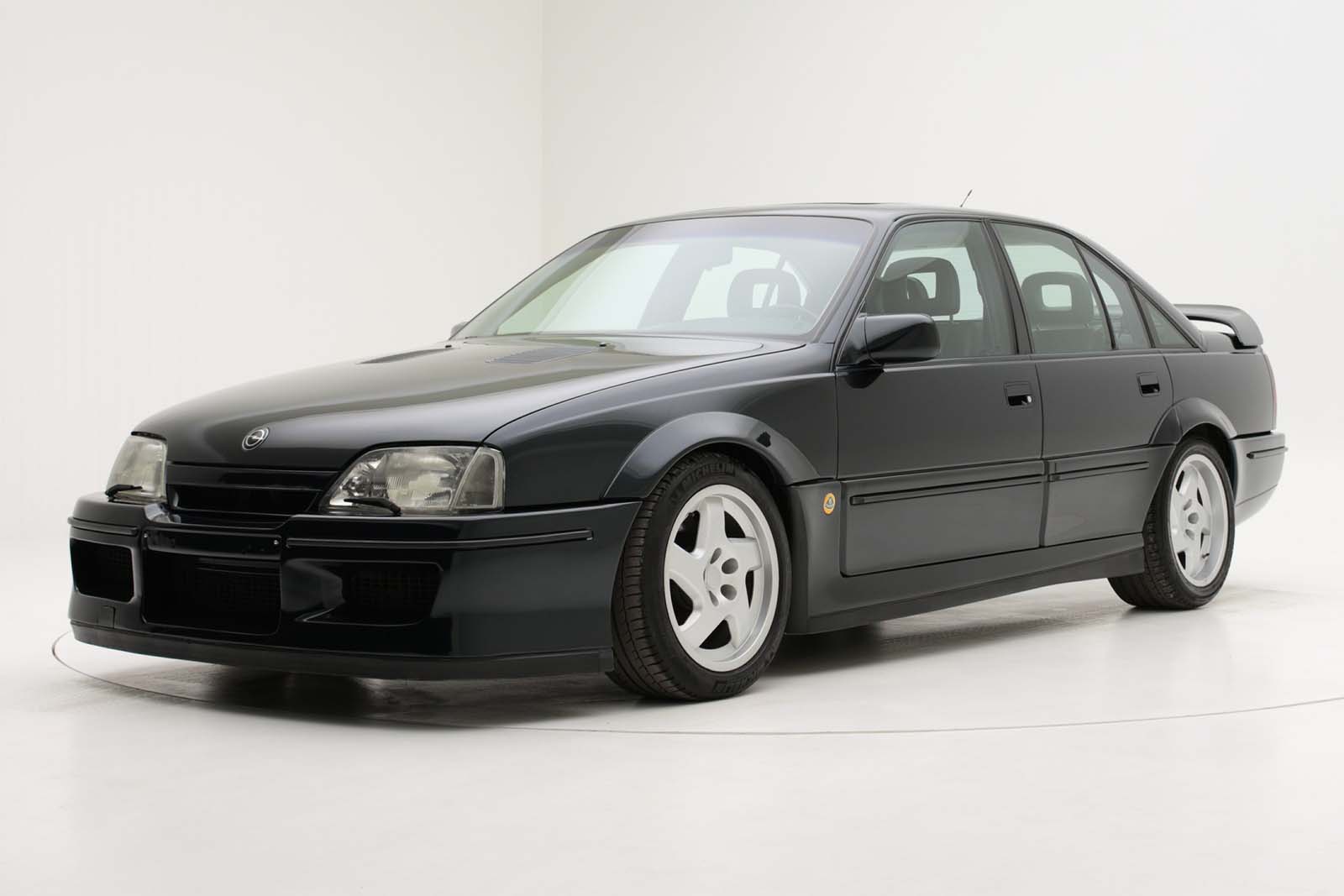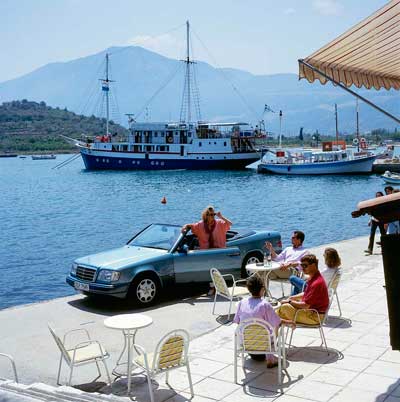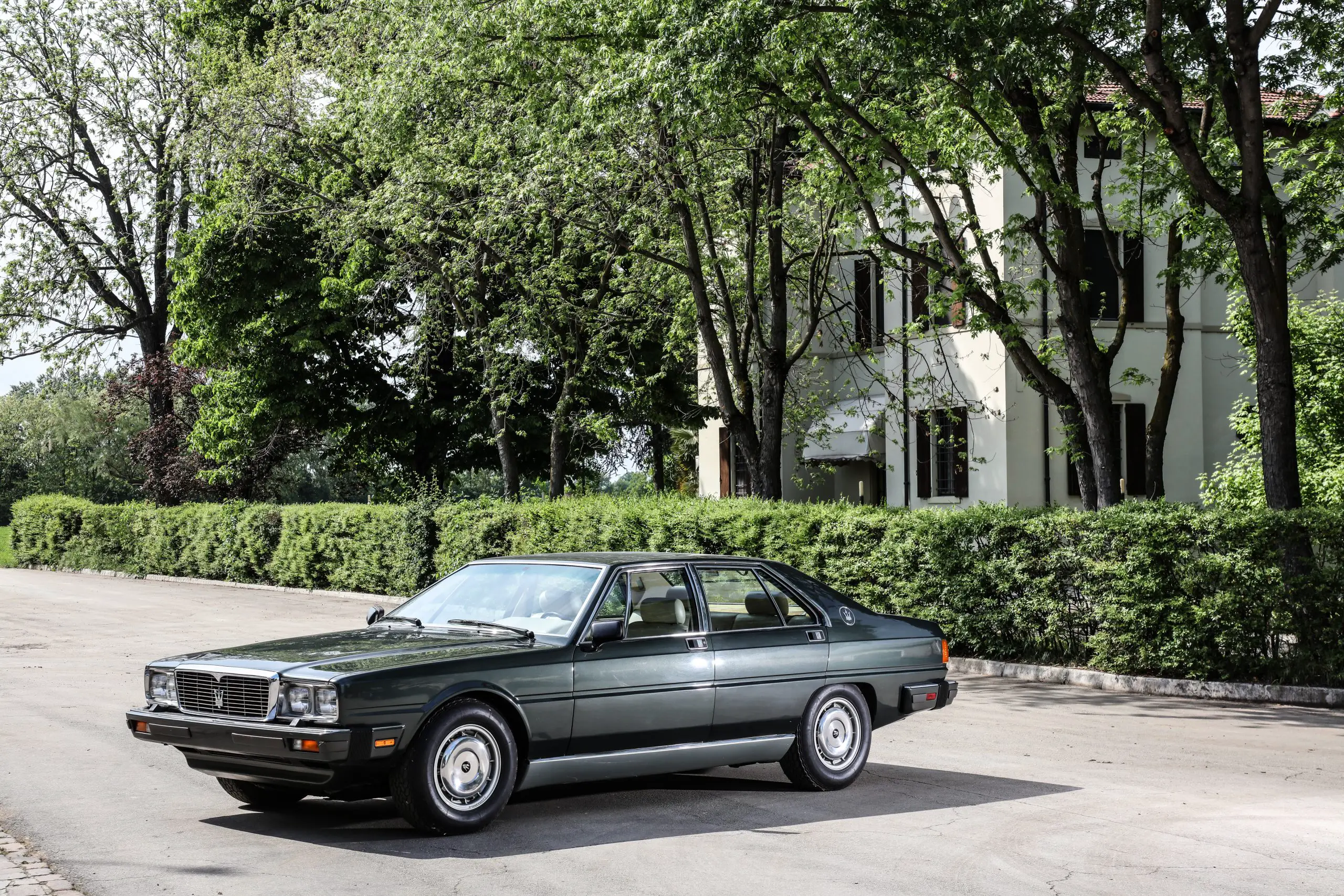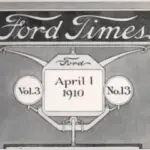
1986 Dakar Porsche Classic 959 Recommissioned And Driven By Jacky Ickx
Porsche Classic with the help of Porsche Heritage and the Museum team have recommissioned a Dakar 959 over a period of a few months.
The very car driven by Jacky Ickx & Claude Brasseur finished in second place in the 1986 event, covering nearly 15,000 km across Africa. Built to survive the deserts is the sort of car that can go anywhere. Back then the Dakar was a really gruelling event, starting in France and finishing in West Africa.
The winning car, of French team of René Metge and Dominique Lemoyne, is already in the collection and Porsche decided the second place car needed to run again. The car has been the feature of a YouTube documentary on the Porsche channel giving detailed insight into the restoration process.
1986 is the year many would like to forget as the Dakar went through its worst times. The loss of competitors is bad enough, but a helicopter crash claimed the life of organiser Thierry Sabine.
It was a particularly tough event, with a range of difficult conditions, but Porsche brought home the three prototype 959s, in first, second and sixth place. The final car being relegated to support for the other two, carrying spares and dragging out of a river crossing, both leading 959s. That sacrifice in time cost them a much higher place, and maybe a win in the car class.
Dakar 959 Restoration By Porsche Heritage & Museum
The Porsche 959 was quite different to a typical Dakar car, not being based on a 4×4 like the Mitsubishi or the Range Rover, it was a sports prototype based on one of the world’s most expensive and exclusive cars of the time.
Porsche have kept all three of the cars from the 1986 event, the winning car remains as it did since the event.
“The winning car remains untouched and we keep it in a kind of time capsule, so to speak, with all of the physical traces of the rally preserved for as long as possible,” explains Kuno Werner, Head of the Museum Workshop.
It took two years to transform the 959 from road to rally car. The engineers designed reinforcements to the suspension with twin shock absorbing units on the front. All terrain tyres were mounted to each corner and of course the car was four wheel drive. However, if all-wheel drive wasn’t needed the electro-hydraulically controlled centre differential could vary the power between the front and rear axles. Thanks to this it meant that the 959 could reach speeds up to 210 km/h.
Peter Falk the Porsche Racing director talks about the first three Dakar rallies, 1984 with the 953 and the next two with the 959:
“It was really great that we got all the cars across the finish line and won the race at our first attempt. Then Mr Bott said: ‘We have to go again, once isn’t enough.’ Then, in 1985, all three of our cars dropped out of the race. That was devastating. After that we were determined to race again. Even though we were all a bit sick of the whole thing after losing everything. Then in 1986 we did it again. All three cars finished and we had a 1-2 victory.”
“We want to keep the original condition and only lightly overhaul the car while eliminating any technical flaws,” says Werner. The car that came in second place was still in very good condition, all things being considered. This meant that the recommissioning could be quite straightforward, replacing as little as possible to keep as many original parts as they could.
In all the 959 had around 18,000 km on it, the length of the Dakar rally and a few more put on it since. Just like the production car the Dakar 959 had an air / water cooled flat six with compound turbocharging. Even with the engine being detuned to cope with poor quality fuels, the power output was still 400 PS, or 294 kW.
“The 959 Paris-Dakar is a prototype, one of the reasons why its recommissioning is such an emotionally charged affair,” says Uwe Makrutzki, Head of Porsche Classic factory restoration.
“In 1986 the car faced a challenge, and now we faced another one.” The teams of Makrutzki and Werner worked hand-in-hand and discussed everything in great detail. Porsche Classic dismantled, overhauled and reassembled the engine, gearbox and drivetrain for the project. All the parts showed little or no damage.
“The car was in very good condition, with no major defects or corrosion. As with any restoration with the specific mission of preserving as much substance as possible, the team looked at each part individually and made partial repairs where this was unavoidable. Many of the original parts had near-series production prototype status,” Werner concluded.
To cope with the conditions many features were modified and further optimised through the 1980s. One such modification saw the Engine Control Units mounted high up in the car to enable it to cross rivers without damaging the ECUs. The oil cooler and oil lines were positioned under the rear wings and making holes in the aluminium support.
Weight reduction was a goal from the outset, with holes in put into the brake discs and bodywork, including doors and bonnets being made from Kevlar. The car came in at a reasonably low 1,260 kg dry weight.
“We even left the cable ties exactly where they were after testing and overhauling all of the parts. After all, the car’s appearance cannot be recreated.” Gearbox expert Klaus Kariegus is also a fan of the African dust on the car and the authenticity it represents. “The car has proven its quality and durability. Even sand and dust from hard racing use could not harm the technology.
High-quality materials were also used back then,” says Kariegus. Makrutzki’s team, which consists of four 959 specialists, looked after the functionality of the technology and the conservation of the historical traces from the rallies. “Only by keeping the damage from back then can we tell the story authentically and preserve it,” Werner concludes.
1986 Dakar Porsche Classic 959 Recomissioned And Driven By Jacky Ickx
Episode 1
Snow And Grit; Just Like The Beginning Of The 1986 Dakar Rally
Jacky Ickx was invited to test the car and complete the story from 1986. Ickx had the honour of being the first person to drive the car post recommissioning and took it out in a snow covered stone quarry.
“Everyone wanted to drive the car on the road. Then Porsche decided to enter the 959 in a rally in the desert. It’s fantastic that I get to be a part of this story,” says Ickx. The rally was an unbelievable challenge and also the perfect testing ground for all-wheel drive. Nobody expected this success from him and his rally team. “The desert is like the ocean – no two sand dunes and no two waves are the same,” he concludes.
Le Mans winner Timo Bernhard, who joined Ickx at the revealing of the overhauled car, found the experience of the Dakar racer fascinating. “I remember extraordinary rally scenes in which the helicopters were unable to follow the cars because they were going so fast,” says Bernhard.
Now nearly four decades later, Ickx summed up the first race in three words: “Memories, emotions, passion.”
Head of the Museum Workshop, Kuno Werner, the reveal is something very special: “The 959 stood idle for many years before being given the opportunity of a whole new reunion with its original driver on this snow and grit. This has been a source of pride for our entire Porsche Heritage and Museum team.”
The car is going to be on display, in Stuttgart, at the Retro Classics event as part of the ’75 Years of Porsche Sports Cars’ exhibition.
If you can’t make it in person there are a series of videos, where a film crew followed the recommissioning of the 959 Dakar and the first part is available to watch above. Or you can watch all six episodes on the Porsche YouTube channel. Each episode goes into great detail, from the original condition of the car, the bodywork, the dismantling of the engine and the overhaul and rebuild.
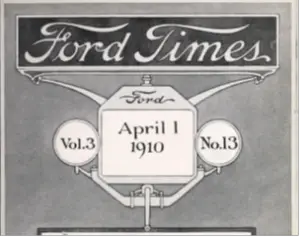
Ford’s Heritage Vault Makes The Ford Times Magazine Available To The Public
Ford’s expansion through the early 20th century was something to behold, the rapid growth of the company and the success of the Model T led
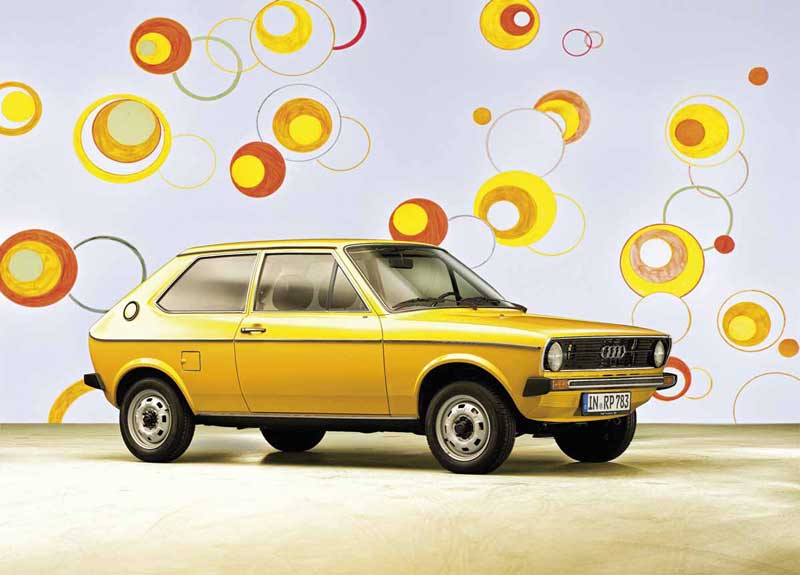
The Audi 50 At 50, Germany’s First Small Car
The Audi 50 that was the basis for the VW Polo is now 50. The small car was developed ahead of the oil crisis of
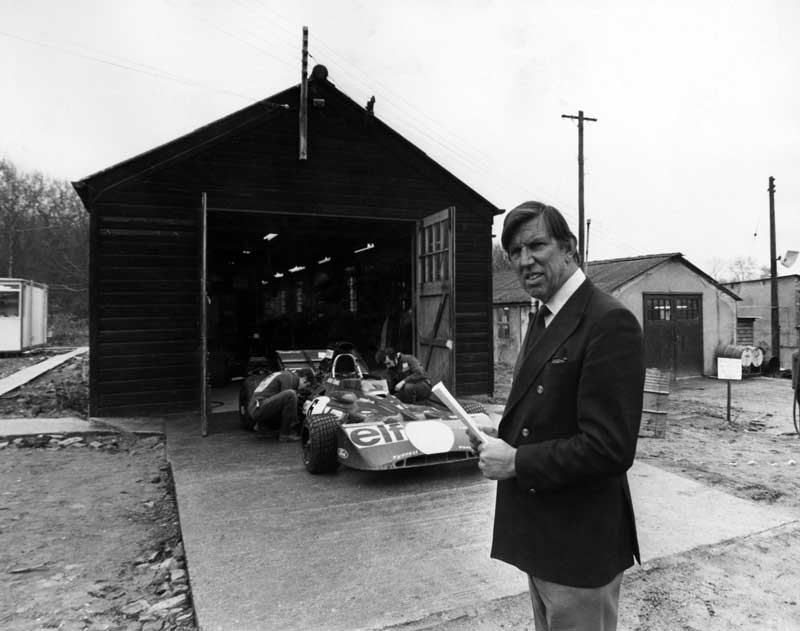
The Best Things Happen In An English Shed, Especially The Tyrrell Shed At Goodwood
The Tyrrell Shed once home of the World Championship winning Tyrrell Formula 1 team has been relocated to Goodwood and is set to open for
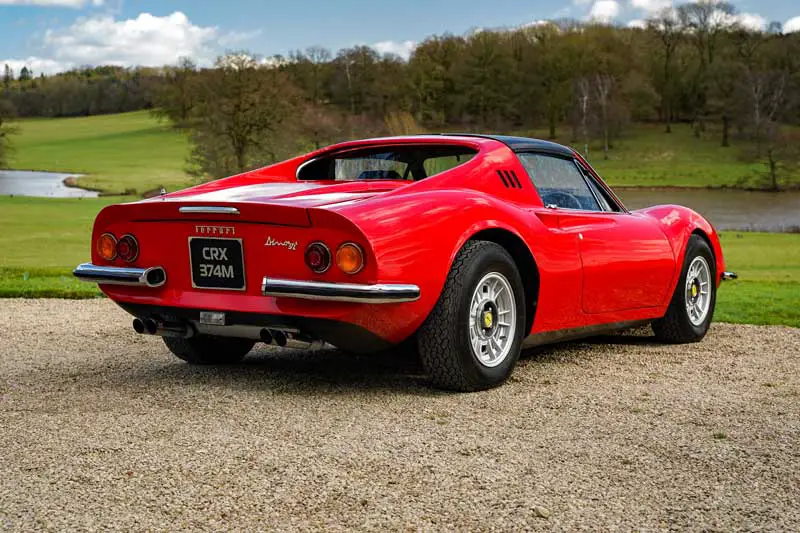
A 1973 Ferrari 246 Dino From The Manager Of Rock Legends Led Zeppelin Sold At Auction
Something of a piece of rock and roll history went for sale with the auction of Led Zeppelin manager Peter Grant’s old Ferrari 246 Dino
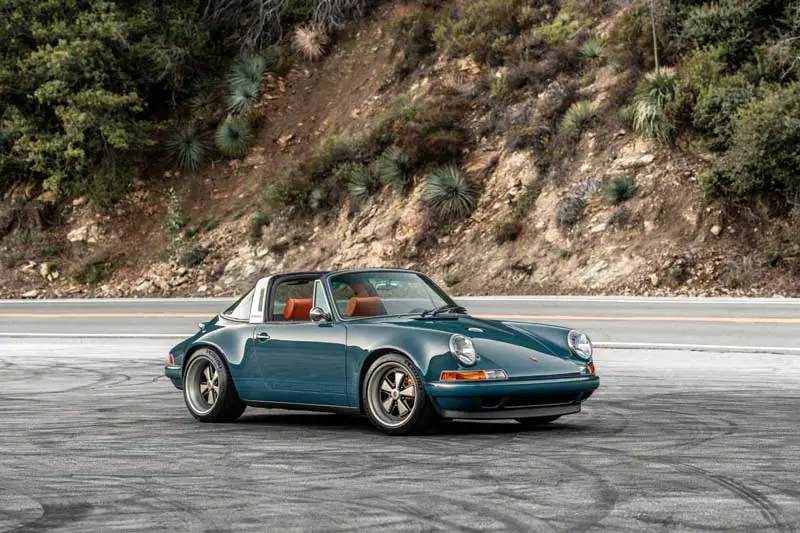
California Based Singer Has Completed Its 300th Restoration, The Sotto
Restomodders Singer have produced their 300th 911 already and it’s another964 based conversion called the Sotto. It’s almost hard to believe it was a964, though
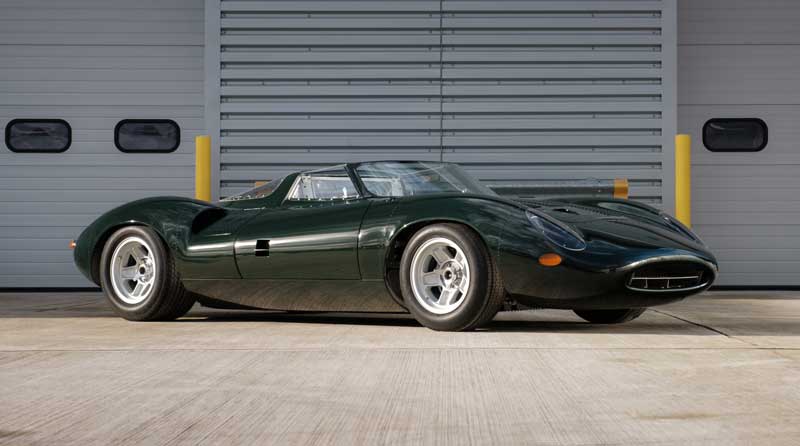
The True Spirit Of The Jaguar XJ13 Presented By JD Classics At Retromobile 2024
The masterpiece that is the Spirit of the XJ13 is unveiled at Retromobile 2024 by JD Classics of Chelmsford, England, and seen for the first
